One of the problems with adding security to your home or business is that the cameras themselves can become the target of tampering and vandalism. These cameras are designed to resist impact from vandals as well as make it more difficult for anyone to make an unwanted adjustment to the camera view.
All of these options are exceptional values and very suitable for your home or business installation.
Showing all 12 resultsSorted by price: low to high
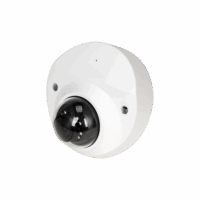
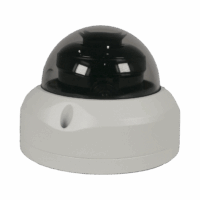
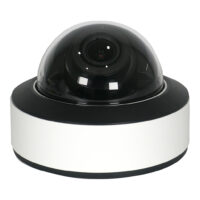
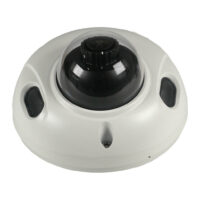
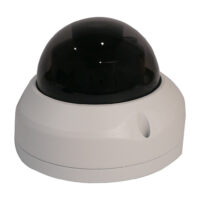
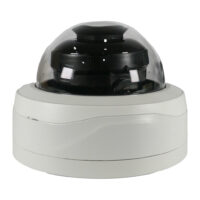
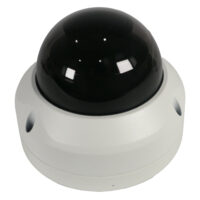
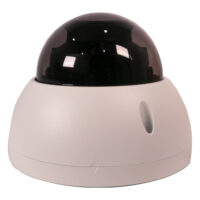
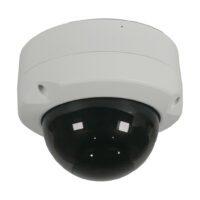
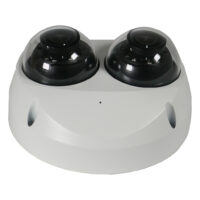
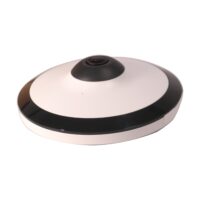
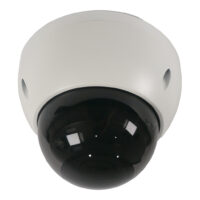
Founded in 2007 as a CCTV integration and installation company, we’ve become experts in our industry. We began developing our own brands of security equipment, which is designed to meet our demanding specifications.
Your orders are shipped seamlessly between countries
100% Original product that covered warranty by the vendor.
You have the right to return your orders within 30 days.
Your payments are secure with our private security network.

Copyright © 2014-2025 SecurityCameraKing.com, All rights reserved
Privacy Policy | Shipping Info | Return Policy | Terms & Conditions
